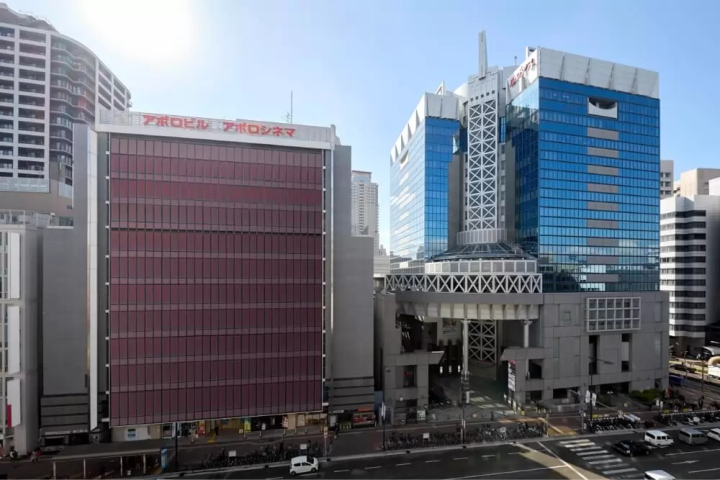Lacquer Decoration: Mother-of-Pearl Inlay

This video is available in Japanese and English on TNM’s YouTube channel. https://www.youtube.com/@TokyoNationalMuseum
Since ancient times, the Japanese have used lacquered implements decorated with gold, coral, pottery and other materials. This video introduces mother-of-pearl inlay, a technique that utilizes the shiny interiors of seashells.
The mother-of-pearl inlay technique is used to decorate furniture, Buddhist implements and building interiors. It utilizes the shiny surface inside shells like turban and abalone. The shell pieces are cut into various shapes and inlaid in a wooden or lacquer ground. The technique is often combined with maki-e, a decorative method that employs gold and silver powder on lacquer ground. Chūson-ji’s Golden Hall and its Buddhist implements are also decorated with mother-of-pearl inlay. The radiance of the decoration reflects the splendors of the Pure Land.
There are various mother-of-pearl inlay
techniques, but this video features some basic techniques that
suit tactile explanations. As such, there are some differences between the
techniques displayed here and those used in the original Saddle
with Lions work.
The oldest museum in Japan. It began with the Exposition held in Tokyo in 1872. The museum's collection, which has been passed down over 150 years, is in the hundreds of thousands of pieces, and includes a wide variety of items, including Japanese and Eurasian antiquities, historical materials, archaeological materials, and ethnic materials. The collection includes 89 national treasures and 649 important cultural properties (as of April 2023), and is one of the world's leading collections of Japanese art in both quality and quantity. The "Regular Exhibition", which consists of items in collection and deposited items, has 3,000 items on display at any given time. Additionally, exhibits are changed in some of the exhibition rooms almost every week. The number of events is approximately 400 times a year. This is a museum where you can discover something new no matter how many times you visit.
The contents on this page may partially contain automatic translation.

































![[50 minutes by car from Nagoya] Experience "sake and culture" in Tokoname](https://resources.matcha-jp.com/resize/720x2000/2026/01/13-255411.webp)


